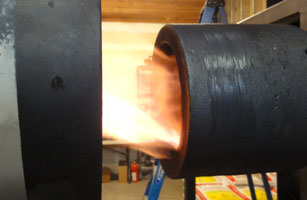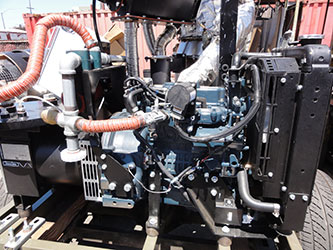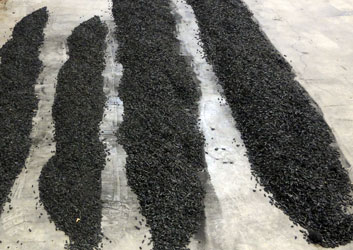Gasification is a thermal conversion process in which both heat and a combustible product gas are produced. Combustion, in contrast, produces only heat, most commonly in a boiler to generate steam for production of electricity using a steam turbine. With gasification, generation of a combustible gas is key to its importance. A gaseous fuel makes the use of reciprocating engines, gas turbines and fuels cells possible in the generation of electricity, thereby increasing electrical efficiency.
Also see this practical overview of gasification on the small (<1 MW) and medium scales.
Gasification also makes possible a highly efficient configuration for generating electricity, referred to as an integrated gasification combined cycle (IGCC). Further, gasification can facilitate the use of biomass for heat and power because gaseous fuels can be distributed by pipeline from a gasification plant for use in other locations, either on site or off.
In addition to heat and power, there is a wide array of co-products possible with gasification. This can improve the cost effectiveness of a gasification project. The product gas can be used as a feedstock to produce hydrogen and liquid hydrocarbons, such as ethanol and chemical feedstocks. Biochar has several potential markets and also gives gasification the potential of a carbon neutral or carbon negative energy solution. Both combustion and gasification produce ash, which also can be marketed.
Additional Co-Products:
- Bio-carbon
- Activated Carbon
- Charcoal
- Torrified wood
- Liquids
- Bio-oil
- Dimethyl Ester (DME)
- Ethanol
- FT Diesel
- FT Methanol
- Methanol
For more information on Biochar see our Biochar web site: http://biochar.bioenergylists.org/
(formerly http://terrapreta.bioenergylists.org )



